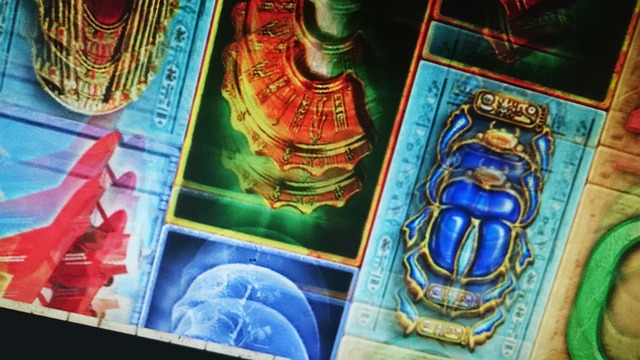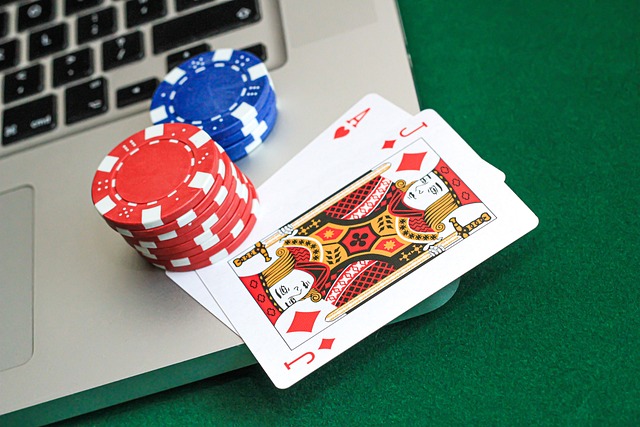Virtual Reality (VR) is making a significant impact across the gaming industry—and the online casino sector is no exception. As VR headsets become more affordable and accessible, developers are rethinking how casino games look, feel, and function. What was once a simple interface with basic animations is evolving into a fully immersive, interactive experience.
Instead of clicking buttons on a screen, players can now walk through digital casinos, sit at virtual tables, interact with other users, and engage with games in a three-dimensional environment. This shift isn’t just about flashy visuals; it’s about fundamentally changing how games are designed, how players connect, and how platforms deliver entertainment.
The integration of VR is redefining the future of online gambling. From more lifelike slots to realistic poker rooms, developers are embracing this new medium to create next-generation experiences that go far beyond traditional casino gameplay.
Immersive Environments and Realism
One of VR’s most noticeable contributions to casino game design is the creation of immersive, lifelike environments. Players can enter a digital casino that mimics real-world locations, complete with ambient sounds, lighting effects, and detailed surroundings.
In a VR casino, players aren’t just observers—they become active participants. You can walk around, choose your preferred slot machine, interact with dealers, and sit at poker tables. The sense of presence created by VR transforms passive play into an engaging, exploratory experience.
Designers are now focused on building environments that feel authentic and reactive. This includes adjusting lighting as time passes, changing music based on in-game events, and using tactile feedback devices for added realism. All of these enhancements contribute to a level of immersion that traditional screen-based casinos simply can’t match.
Social Interaction and Multiplayer Features

Another key evolution in VR casino design is the emphasis on social interaction. Traditional online casinos can feel isolating, especially when compared to the bustling floor of a real-world gambling venue. VR changes that by making multiplayer engagement a core part of the experience.
In a VR casino, players can chat with each other through voice or gestures, watch others play, or join multiplayer games like poker and blackjack. These interactions replicate the social energy of physical casinos and make the virtual space feel more alive.
Developers are adding features like private game rooms, custom avatars, and body language emulation to enhance social realism. These tools allow players to form communities, interact naturally, and even develop reputations within the virtual world.
The result is a more communal and entertaining experience that keeps players engaged for longer sessions while replicating the human connections found in brick-and-mortar casinos.
Game Mechanics and Interactivity
VR allows game designers to introduce mechanics that simply aren’t possible in traditional online casinos. Instead of clicking to spin a slot, you can physically pull a lever. You might throw dice at a craps table using hand motion tracking or physically handle cards during a game of blackjack.
These tactile mechanics make games more engaging and add a new layer of interactivity. Developers can incorporate spatial puzzles, gesture-based commands, and object manipulation, creating a fresh and entertaining challenge for players.
Moreover, the added layer of body movement enhances realism. Every action—whether sitting down, reaching for chips, or reacting to a win—feels natural. This sense of control deepens the gaming experience and offers more creative freedom for designers to experiment with new game formats and interactive features.
Enhanced Customization and Personalization

In a VR casino, customization is more than just selecting a theme or changing a profile picture. Players can design their own avatars, choose outfits, decorate virtual spaces, and even select background music or preferred dealer personalities.
This high level of personalization improves user satisfaction and retention. Players feel more connected to their digital persona and environment, increasing emotional investment in the game.
From a design perspective, this opens up endless possibilities. Developers can create tiered experiences based on player preferences—such as casual lounges for relaxed play or elite rooms for high-stakes sessions. These personalized elements make the game world feel unique to each player and foster a stronger sense of ownership.
As VR platforms grow more advanced, we can expect even deeper integration of AI-driven customization that adapts in real time to user behavior and preferences.
The Future of Casino Design in the VR Era
As VR technology continues to advance, its influence on casino game design will only grow stronger. Hardware improvements—like lighter headsets, better motion tracking, and higher-resolution displays—will enable even more sophisticated and realistic casino environments.
We may also see the rise of blockchain-powered VR casinos, where players can gamble with cryptocurrencies and retain control over their digital assets. Combined with NFTs, this could allow players to own virtual casino items, exclusive avatars, or even personal gaming suites.
Designers will likely push boundaries by combining VR with augmented reality (AR), creating hybrid casino experiences that blend digital and physical spaces.
In the coming years, VR will not just enhance casino design—it will transform it. From immersive environments to rich multiplayer interaction and endless customization, VR is reshaping how we define the online gambling experience and opening up a new era of innovation in digital entertainment.
